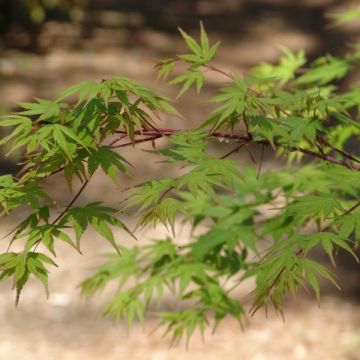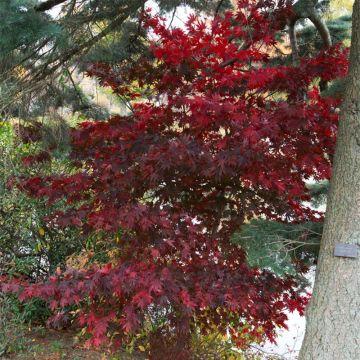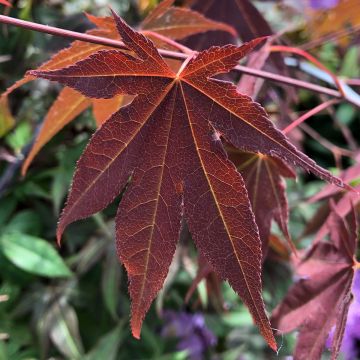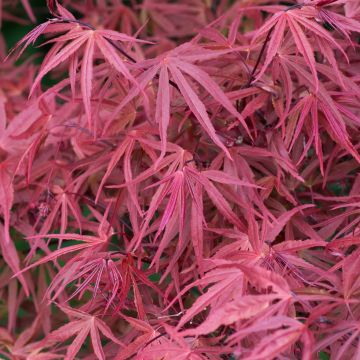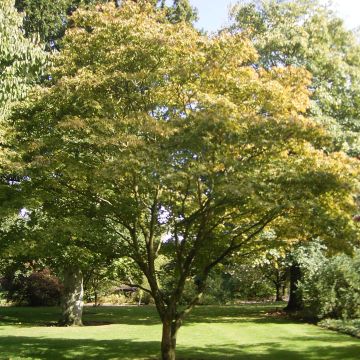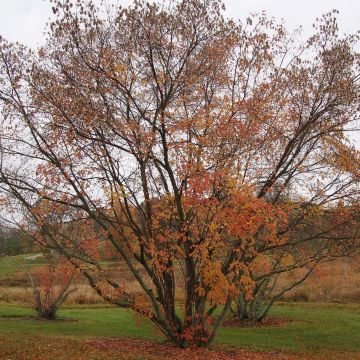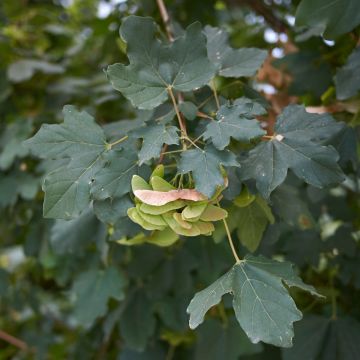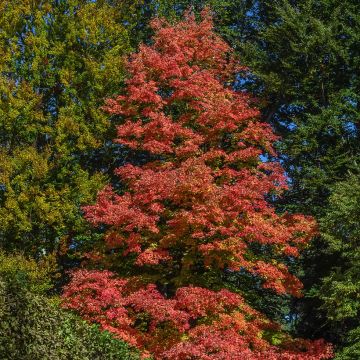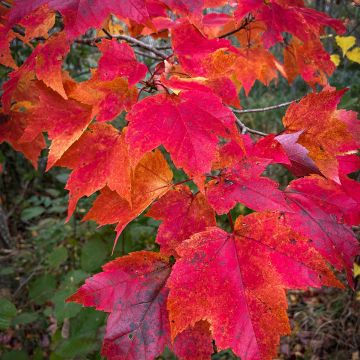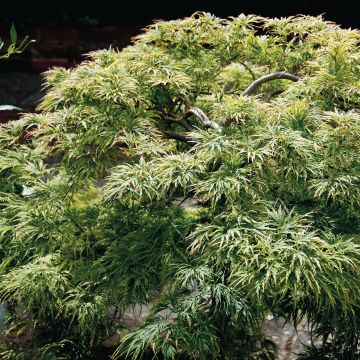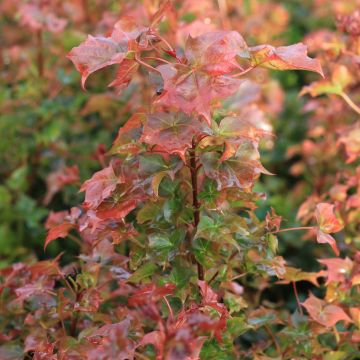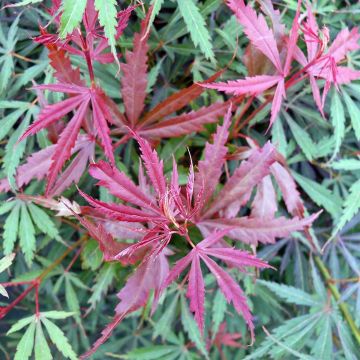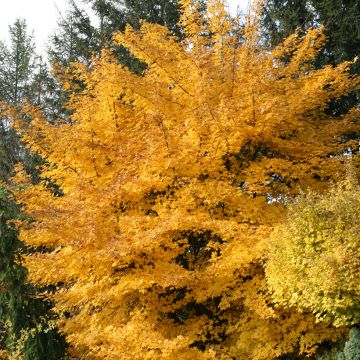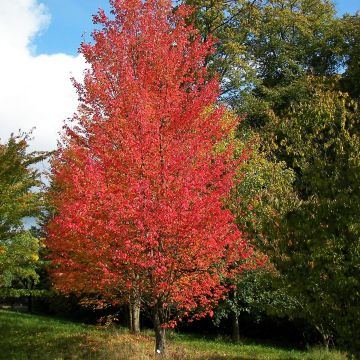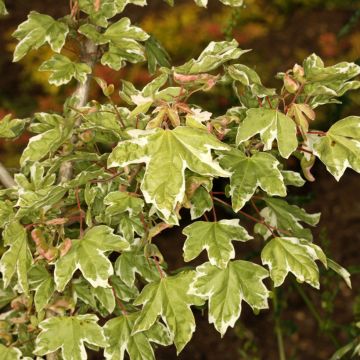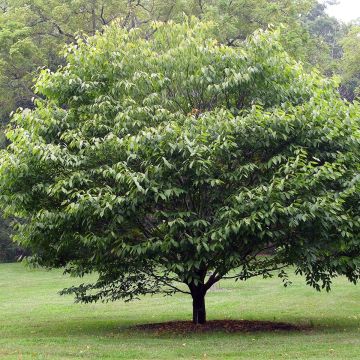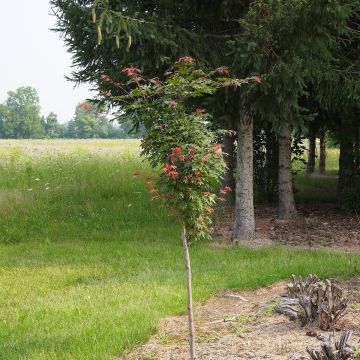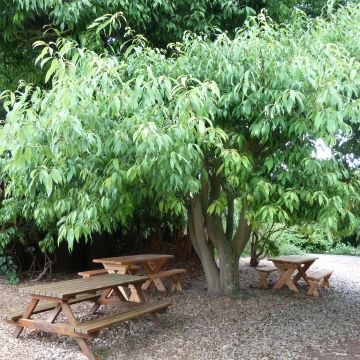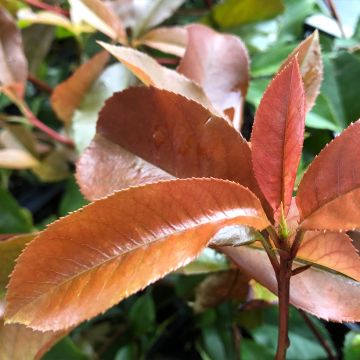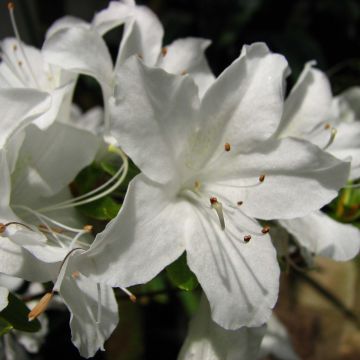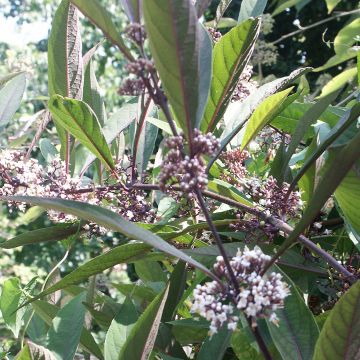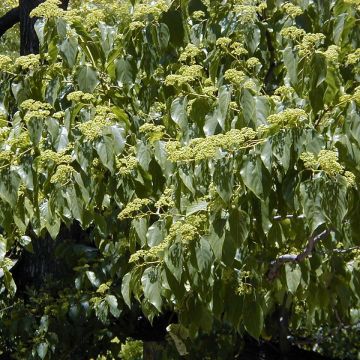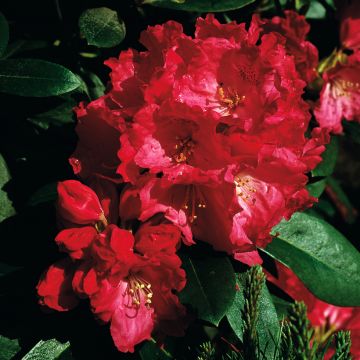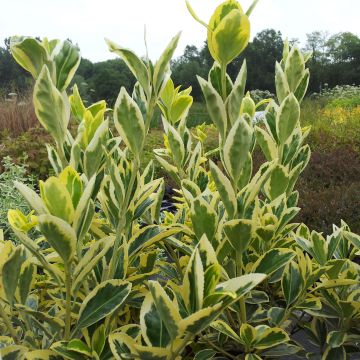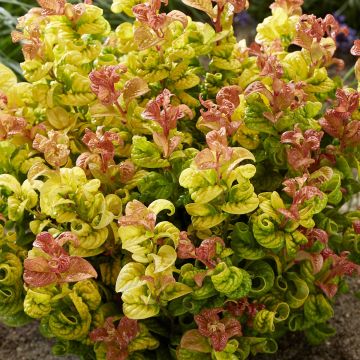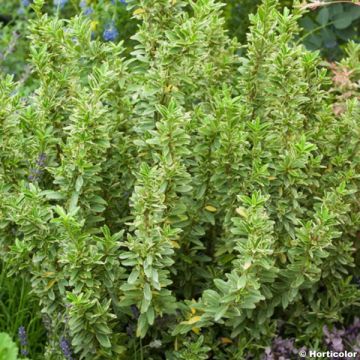Shipping country and language
Your country of residence may be:
Your country of residence is:
For a better user experience on our website, you can select:
Your shipping country:
Andorra
Austria
Belgium
Bulgaria
Canada
Chile
Croatia
Cyprus
Czechia
Denmark
Estonia
Finland
France
Germany
Greece
Hungary
Iceland
Ireland
Italy
Latvia
Lithuania
Luxembourg
Malta
Monaco
Netherlands
Poland
Portugal
Romania
Slovakia
Slovenia
Spain
Sweden
Switzerland
United Kingdom
We only deliver seed and bulb products to your country. If you add other products to your basket, they cannot be shipped.
Language:
French
German
Spanish
English
My Account
Hello
My wish lists
Plantfit
Log in / Register
Existing customer?
New customer?
Create an account to track your orders, access our customer service and, if you wish, make the most of our upcoming offers.
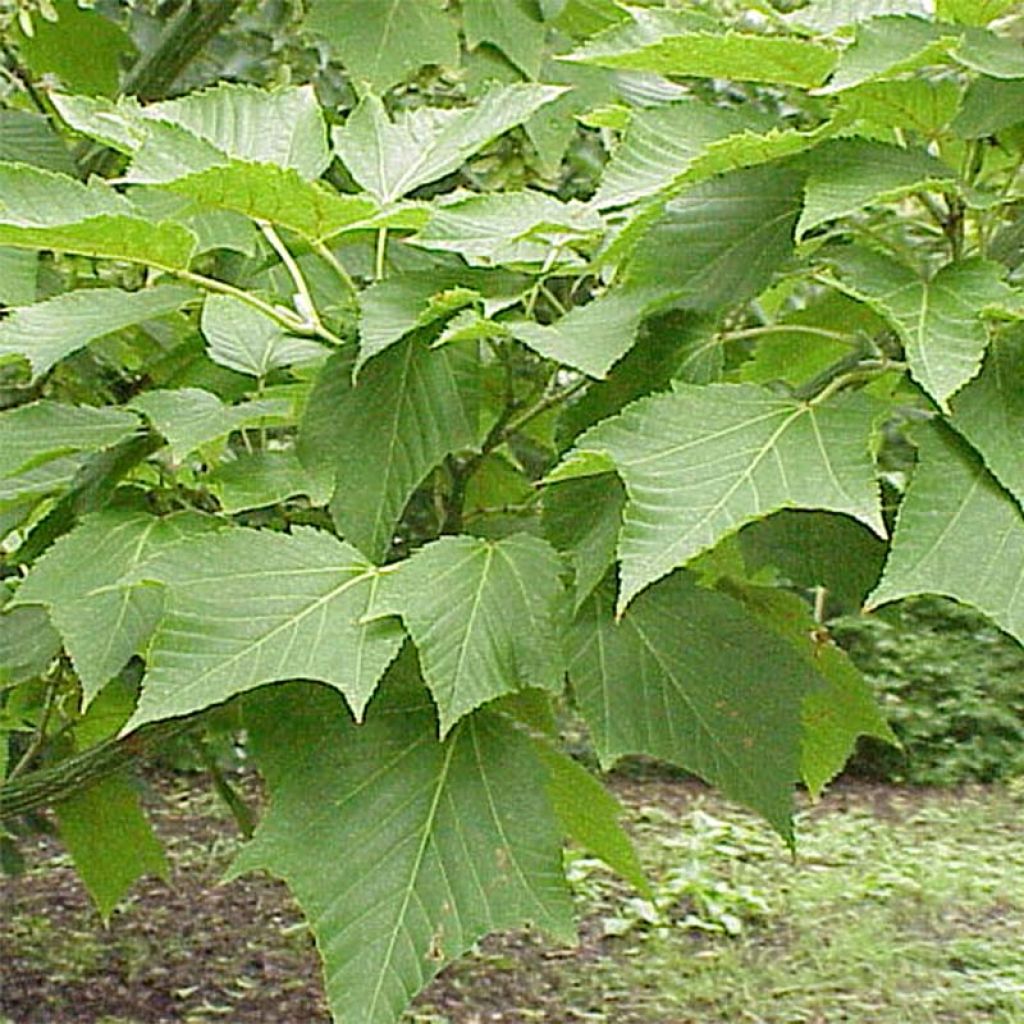

Acer capillipes - Maple
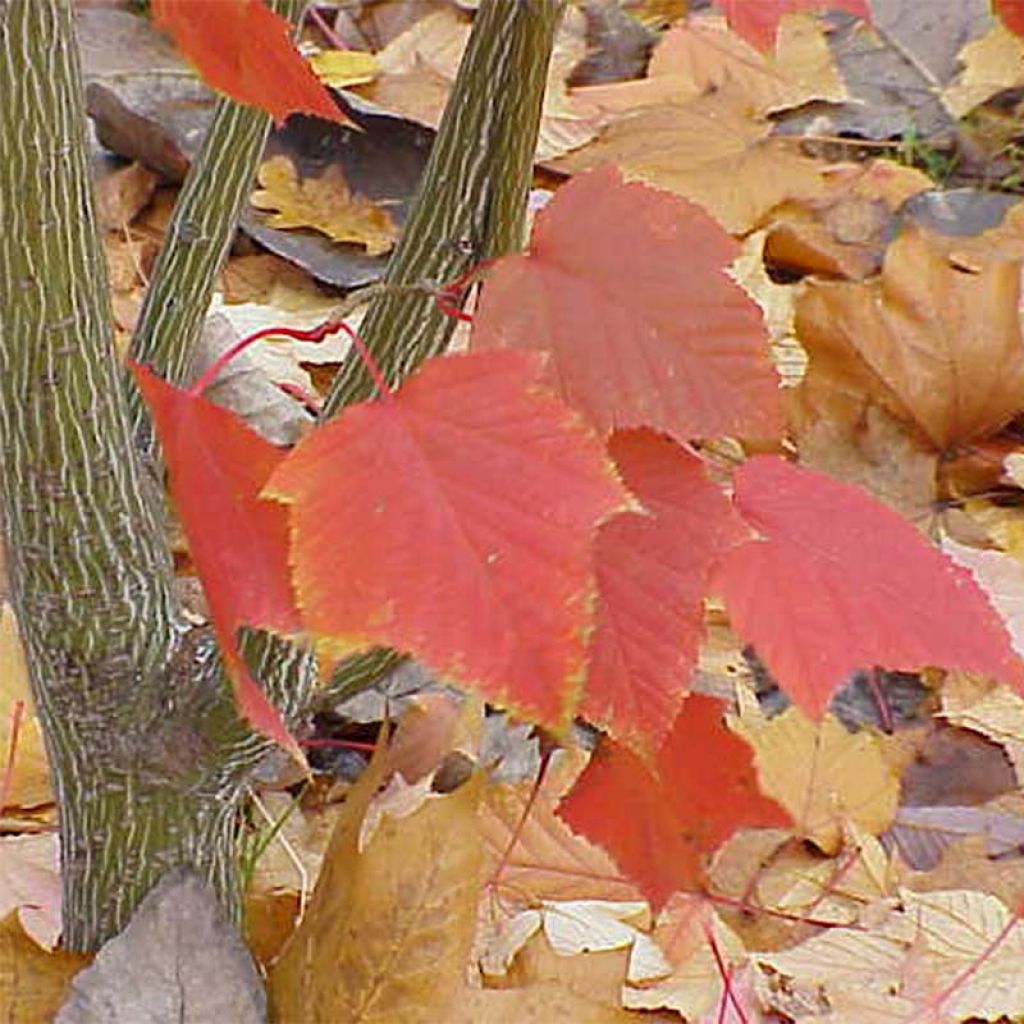

Acer capillipes - Maple
Acer capillipes - Maple
Acer capillipes
Red Snakebark maple, Striped Maple
The two vine-plants are beautiful, healthy, and taller than advertised on the website! However, I have some questions: the website says "pruning is necessary" but the label says "do not prune"? The website says "spread of 9m" and the label says 5m (16ft)? The website says "plant in partial shade" and the label says "full sun or partial shade"? Please let me know the best ways to take care of these young plants.
Sandrine, 31/05/2022
Why not try an alternative variety in stock?
View all →Order in the next for dispatch today!
Dispatch by letter from €3.90.
Delivery charge from €5.90 Oversize package delivery charge from €6.90.
More information
This item is not available in your country.
Schedule delivery date,
and select date in basket
This plant carries a 24 months recovery warranty
More information
We guarantee the quality of our plants for a full growing cycle, and will replace at our expense any plant that fails to recover under normal climatic and planting conditions.
Oversize package: home delivery by special carrier from €6.90 per order..
Express home delivery from €8.90.

Does this plant fit my garden?
Set up your Plantfit profile →
Description
Acer capillipes is an Asian botanical species belonging to the group of Snakebark Maples, much less known and widespread in cultivation than its cousin Acer davidii. As such, this small tree, also known as Red Snakebark Maple, is remarkable for the beauty of its bark, which is strongly veined with grey-green, white, and then brown-red over time. It also stands out for its ability to develop multiple trunks that give it a unique silhouette. Another asset of this small tree is its superb autumn foliage with flamboyant colours. Give it a prime location, not far from the house, to admire it in all seasons.
Originally from Asia, more precisely from Japanese high-altitude forests, Acer capillipes is a vigorous species that is resistant to cold, adapted to understory environments and humus-rich, non-calcareous soils, retaining a certain freshness throughout the year.
This deciduous small tree from the large Sapindaceae family (formerly Aceraceae) shows rapid growth under favourable conditions, reaching an average of 9m (30ft) in all directions. It has a habit that is upright, spreading, widely branched, and slightly arched, composed of several crowns supported by as many trunks. Each trunk is short, branching near the base. It is covered with a characteristic bark, whose pattern resembles that of a snake's skin during shedding. Its colour is a greyish olive green, longitudinally streaked with a slightly greyish white. Over time, the bark cracks to reveal veins of mahogany brown, leaning towards dark red. The opposite, lobed deciduous leaves are borne on red petioles. They are divided into 3 pointed lobes and can measure up to 15cm (6in) long and 10cm (4in) wide. They are light green in spring, then dark green at maturity, and display various shades of yellow, orange, and red in autumn before falling. In this monoecious species, both male and female individuals exist. In April-May, insignificant yellow-green flower clusters appear, measuring 10cm (4in). They are initially upright, then become pendulous. Female trees, in the presence of male individuals, will bear fruits called samaras. They are double, flattened, measure 3cm (1in) wide, and change from green to red when ripe.
Acer capillipes is a small tree that thrives in partial shade, on non-calcareous, humus-rich, and moist soils. It will become the centrepiece in any garden that can provide these requirements. This moderately growing maple will suit medium-sized gardens, highlighted in the centre of an ericaceous bed surrounded by understated perennials such as hostas, ferns, or bleeding hearts, for example. Be sure to choose its location carefully, preferably not far from the house or visible from a window to fully enjoy its beauty.
Acer capillipes - Maple in pictures
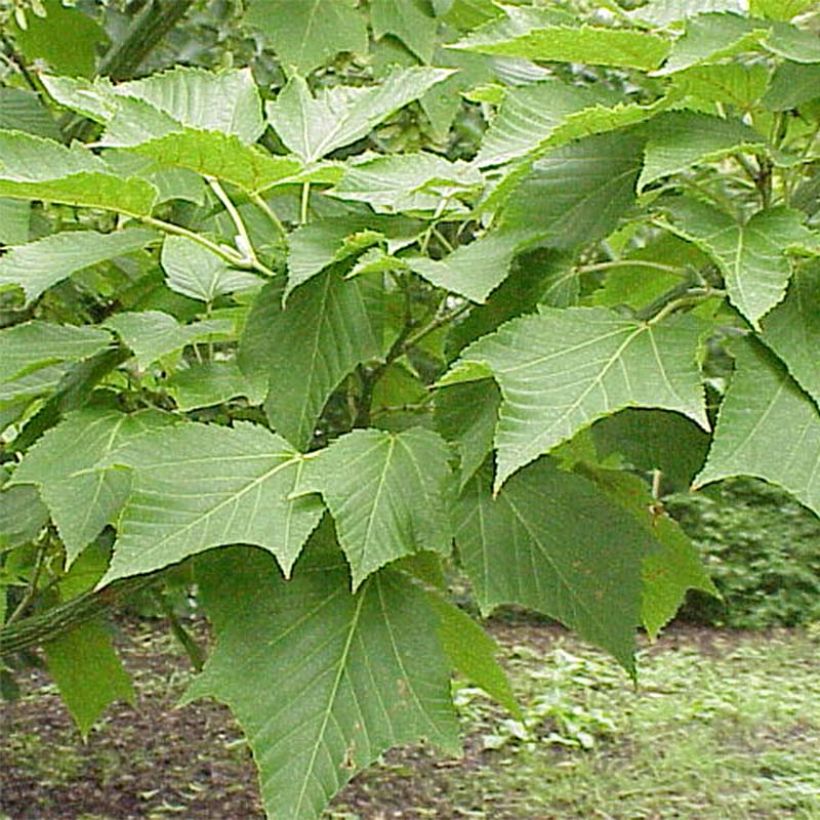

Plant habit
Flowering
Foliage
Bark
Botanical data
Acer
capillipes
Aceraceae
Red Snakebark maple, Striped Maple
Southeast Asia
Other Acer - Maple tree
Planting and care
Plant in spring or autumn in fertile and well-drained, acidic to neutral, non-calcareous, deep and moist soil, rich in humus, in a gently sunny or preferably semi-shaded position. Avoid morning sun exposure that could destroy the buds in late winter in case of frost. It requires the soil to remain moist throughout the year without being waterlogged. Beware of strong winds. Keep the soil moist during the first two summers after planting. Mulching can be beneficial to maintain good soil moisture. Training pruning is necessary for young plants, and then every 3 years to balance the branches; remove dead wood and maintain a harmonious habit. Do not prune after December as sap rises very early.
Planting period
Intended location
Care
- , onOrder confirmed
Reply from on Promesse de fleurs
Shrubs for semi-shade
Haven't found what you were looking for?
Hardiness is the lowest winter temperature a plant can endure without suffering serious damage or even dying. However, hardiness is affected by location (a sheltered area, such as a patio), protection (winter cover) and soil type (hardiness is improved by well-drained soil).

Photo Sharing Terms & Conditions
In order to encourage gardeners to interact and share their experiences, Promesse de fleurs offers various media enabling content to be uploaded onto its Site - in particular via the ‘Photo sharing’ module.
The User agrees to refrain from:
- Posting any content that is illegal, prejudicial, insulting, racist, inciteful to hatred, revisionist, contrary to public decency, that infringes on privacy or on the privacy rights of third parties, in particular the publicity rights of persons and goods, intellectual property rights, or the right to privacy.
- Submitting content on behalf of a third party;
- Impersonate the identity of a third party and/or publish any personal information about a third party;
In general, the User undertakes to refrain from any unethical behaviour.
All Content (in particular text, comments, files, images, photos, videos, creative works, etc.), which may be subject to property or intellectual property rights, image or other private rights, shall remain the property of the User, subject to the limited rights granted by the terms of the licence granted by Promesse de fleurs as stated below. Users are at liberty to publish or not to publish such Content on the Site, notably via the ‘Photo Sharing’ facility, and accept that this Content shall be made public and freely accessible, notably on the Internet.
Users further acknowledge, undertake to have ,and guarantee that they hold all necessary rights and permissions to publish such material on the Site, in particular with regard to the legislation in force pertaining to any privacy, property, intellectual property, image, or contractual rights, or rights of any other nature. By publishing such Content on the Site, Users acknowledge accepting full liability as publishers of the Content within the meaning of the law, and grant Promesse de fleurs, free of charge, an inclusive, worldwide licence for the said Content for the entire duration of its publication, including all reproduction, representation, up/downloading, displaying, performing, transmission, and storage rights.
Users also grant permission for their name to be linked to the Content and accept that this link may not always be made available.
By engaging in posting material, Users consent to their Content becoming automatically accessible on the Internet, in particular on other sites and/or blogs and/or web pages of the Promesse de fleurs site, including in particular social pages and the Promesse de fleurs catalogue.
Users may secure the removal of entrusted content free of charge by issuing a simple request via our contact form.
The flowering period indicated on our website applies to countries and regions located in USDA zone 8 (France, the United Kingdom, Ireland, the Netherlands, etc.)
It will vary according to where you live:
- In zones 9 to 10 (Italy, Spain, Greece, etc.), flowering will occur about 2 to 4 weeks earlier.
- In zones 6 to 7 (Germany, Poland, Slovenia, and lower mountainous regions), flowering will be delayed by 2 to 3 weeks.
- In zone 5 (Central Europe, Scandinavia), blooming will be delayed by 3 to 5 weeks.
In temperate climates, pruning of spring-flowering shrubs (forsythia, spireas, etc.) should be done just after flowering.
Pruning of summer-flowering shrubs (Indian Lilac, Perovskia, etc.) can be done in winter or spring.
In cold regions as well as with frost-sensitive plants, avoid pruning too early when severe frosts may still occur.
The planting period indicated on our website applies to countries and regions located in USDA zone 8 (France, United Kingdom, Ireland, Netherlands).
It will vary according to where you live:
- In Mediterranean zones (Marseille, Madrid, Milan, etc.), autumn and winter are the best planting periods.
- In continental zones (Strasbourg, Munich, Vienna, etc.), delay planting by 2 to 3 weeks in spring and bring it forward by 2 to 4 weeks in autumn.
- In mountainous regions (the Alps, Pyrenees, Carpathians, etc.), it is best to plant in late spring (May-June) or late summer (August-September).
The harvesting period indicated on our website applies to countries and regions in USDA zone 8 (France, England, Ireland, the Netherlands).
In colder areas (Scandinavia, Poland, Austria...) fruit and vegetable harvests are likely to be delayed by 3-4 weeks.
In warmer areas (Italy, Spain, Greece, etc.), harvesting will probably take place earlier, depending on weather conditions.
The sowing periods indicated on our website apply to countries and regions within USDA Zone 8 (France, UK, Ireland, Netherlands).
In colder areas (Scandinavia, Poland, Austria...), delay any outdoor sowing by 3-4 weeks, or sow under glass.
In warmer climes (Italy, Spain, Greece, etc.), bring outdoor sowing forward by a few weeks.
